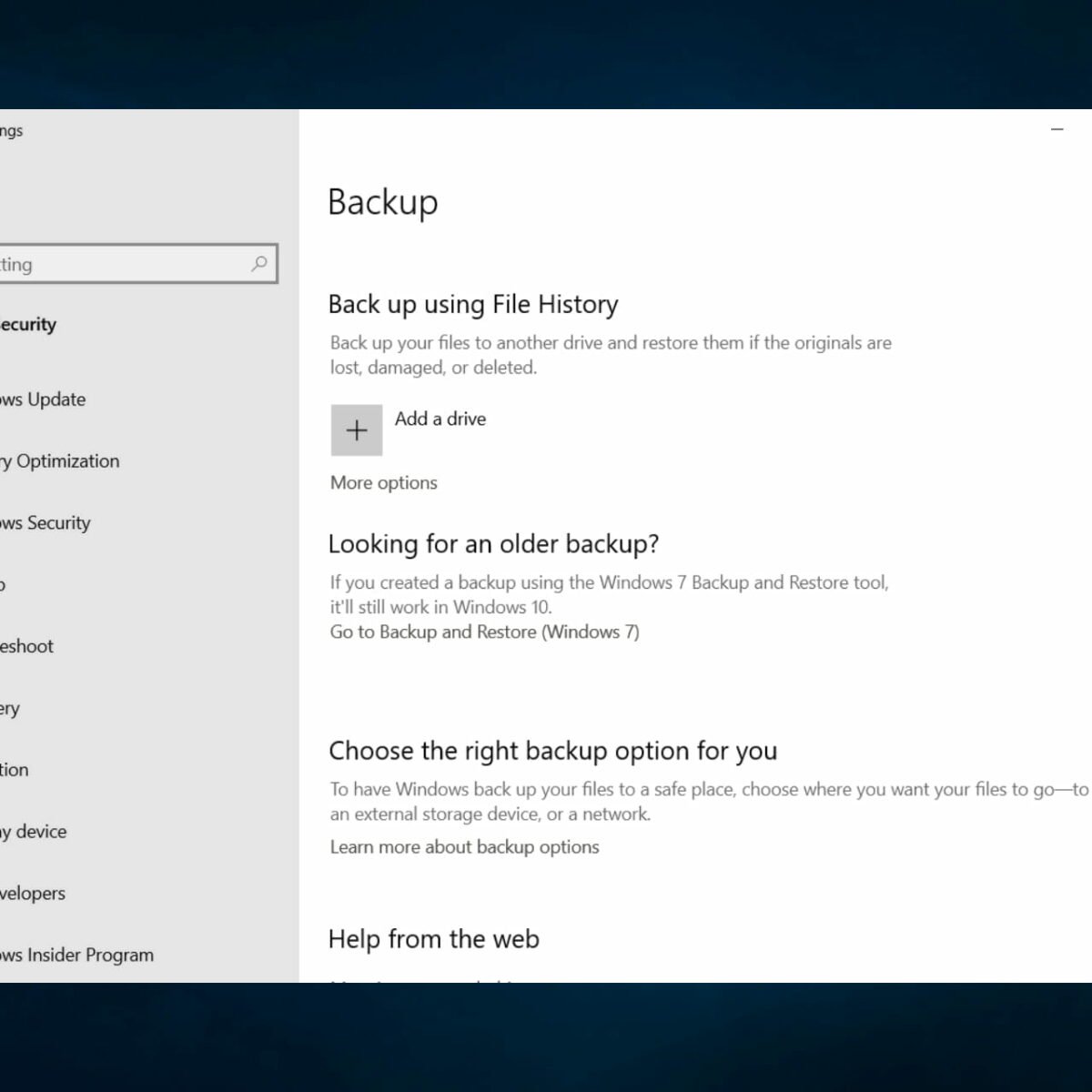

There are also cloud services for online backup, some of which can also back up to a local drive. Some dedicated PC desktop backup programs support cloud backup as well as local backup. These increase as you add more space which, when coupled with the costs of internet access, can end up being a relatively expensive option. Cloud storage: This is becoming an increasingly common alternative to local media, and while it offers advantages such as offsite backup, increased security and the freedom to access your data anywhere, cloud storage services usually have subscription fees.Some can also backup to NAS (network attached storage), FTP (external file server storage) and even tape. Physical storage: These programs usually let you copy your data to CD/DVD or an external thumb/hard drive (local media).But what do you back up to? Backup software gives you two broad options: You can use the backup software supplied with the operating system or third-party software and, ideally, automate it so it's set-and-forget.

We all know we should back up our data regularly, if not continuously. In this case, you'll need to find a program that can 'clone' your drive and restore it to a different computer. Things get a bit trickier however, when you want to restore your data to an entirely different computer, because you're working with different components (e.g. Most backup programs will let you create an exact duplicate or "clone" your system, so you can copy it onto the larger drive.
Best pc backup software for windows 10 upgrade#
Say you're using a 500GB drive, for example, and you want to upgrade to a 2TB drive.
Best pc backup software for windows 10 full#
This is often referred to as disaster recovery.īut did you know you can also use backup software to more easily upgrade your PC? A full backup lets you restore everything to a new hard drive in the same computer, even if the original is still working. Three and four are typically used when your PC cannot start, which means rebuilding the operating system, programs and files on the same computer. The first and second examples will usually let you access your desktop so you can recover lost files or roll the operating system back to an earlier state. You can restore a PC's entire hard drive contents to a new hard drive when the old one, or part of the hardware, has failed, or when the system will not boot to the desktop (disaster recovery).


 0 kommentar(er)
0 kommentar(er)
